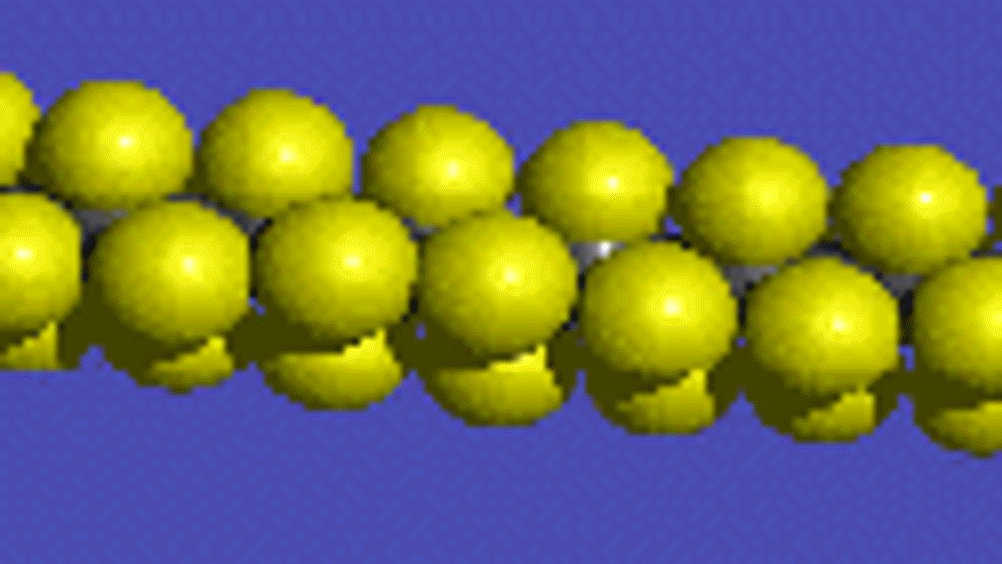Study vindicates DuPont materials
A recently published independent study concludes that consumer products made with or using DuPont materials are safe to use.

A comprehensive scientific study confirms consumer articles made with or using
materials are safe to use. The study was published by
.
The independent peer-reviewed study, sponsored by DuPont, concludes that the use of consumer articles made with DuPont materials would not result in quantifiable exposure to perfluorooctanoic acid (PFOA).
DuPont initiated the study, conducted by Environ, an independent research firm, to better understand the potential for consumer exposure and to determine what risk there is, if any, from PFOA, also known as C-8.
PFOA is used as a processing aid in the manufacture of fluoropolymers, some of which are sold under the DuPont Teflon brand. It may be found at very low trace levels in some fluorotelomers products, which are used primarily to provide stain resistance to a number of textile products and grease-resistance to paper packaging. DuPont is one of several companies globally that produce these materials.
Register now to continue reading
Thanks for visiting The Engineer. You’ve now reached your monthly limit of news stories. Register for free to unlock unlimited access to all of our news coverage, as well as premium content including opinion, in-depth features and special reports.
Benefits of registering
-
In-depth insights and coverage of key emerging trends
-
Unrestricted access to special reports throughout the year
-
Daily technology news delivered straight to your inbox










Water Sector Talent Exodus Could Cripple The Sector
Well let´s do a little experiment. My last (10.4.25) half-yearly water/waste water bill from Severn Trent was £98.29. How much does not-for-profit Dŵr...